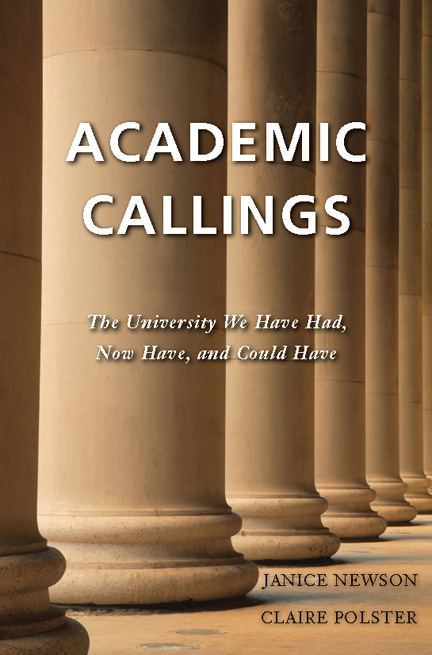Academic Callings
The University We Have Had, Now Have, and Could Have
By Janice Newson, Claire Polster
Description
What purpose should the university serve? What are the true callings of academics? In Academic Callings, prominent Canadian scholars tackle these big questions and provide a timely survey of the state of the Canadian university. With so much current interest in the university’s role in the economy, and so much emphasis on research tied to funding opportunities, this volume seeks to revive the idea of the university as it has been and could be again: a democratic institution committed to advancing critical thought and serving the public interest.
With contributions from diverse disciplines — Classics to biology, nursing to sociology — Academic Callings aims to provoke a wide-ranging conversation, one that concerns everyone, whether as members of academic communities or as citizens.
Contributors include Joel Bakan, George Sefa Dei, Barbara Godard, Paul Hamel, Dorothy Smith, Nasrin Rahimieh, Andrew Wernick, and more than twenty others.
Details
Price
Number of Pages
276
Dimensions
6.00" x 9.00”
Print ISBN
9781551303697
eBook – Fixed Layout ISBN
9781551304380
Subjects
"Editors Janice Newson and Claire Polster have achieved a rare and delicate balance in their editorial direction, where personal narratives, rather than breaking up or obscuring the larger picture, speak to the complexity,the tensions, and the shifting ideals extant in the Canadian university."— Canadian Journal of Communications
